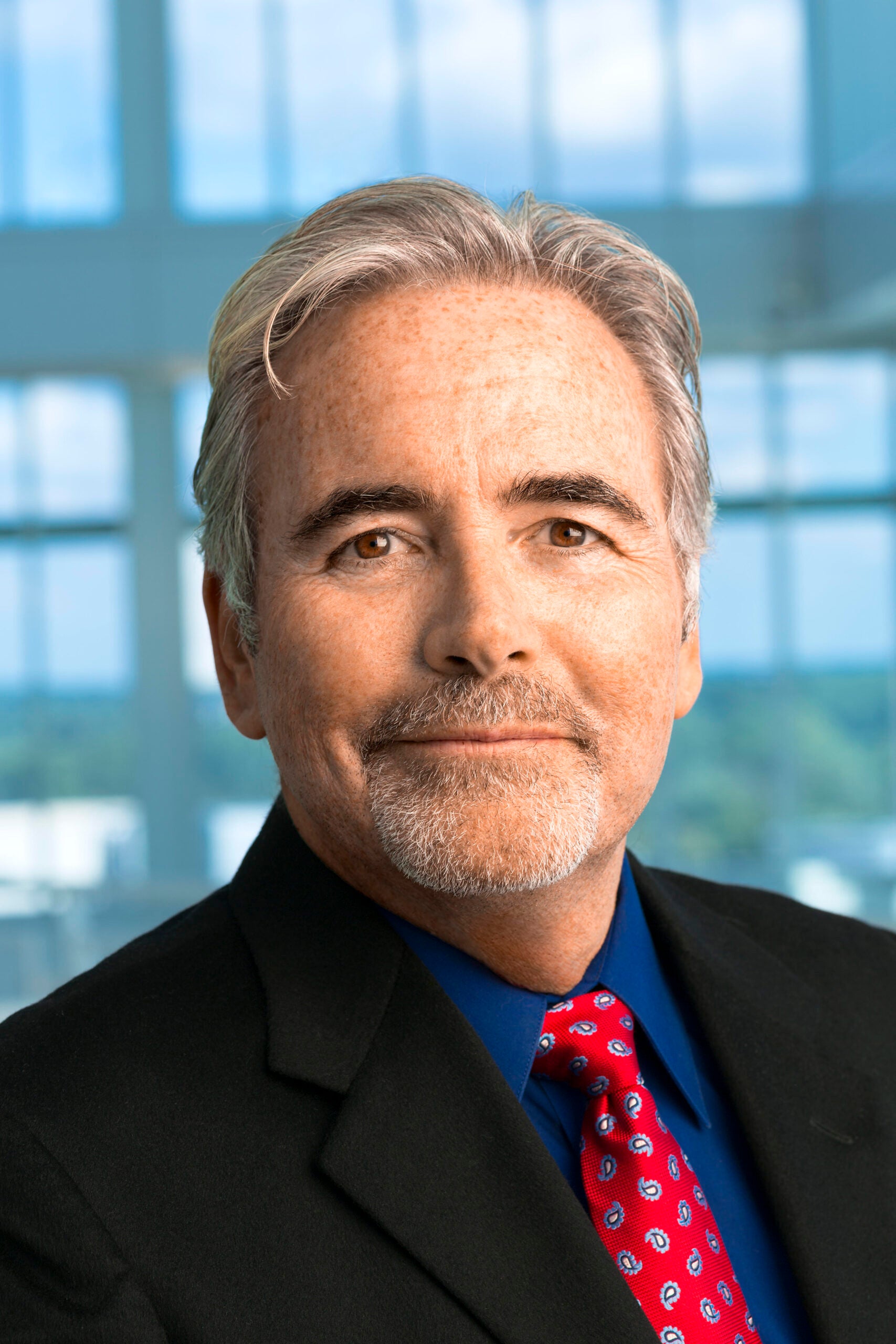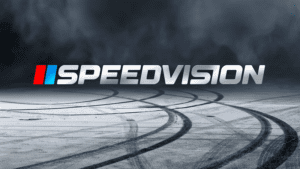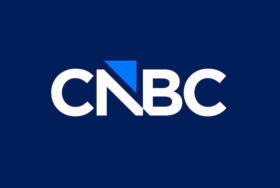
Speedvision is celebrating one year since going FAST. Launched as a cable channel in 1995, it was shut down in 2013, then revived as a streaming network with backing from Robert Scanlon, a co-founder of the original channel who then headed Velocity and Motor Trend businesses for Discovery; Joe Abbruzzese, former president of ad sales for Discovery; wrestling star Bill Goldberg; and automotive and racing magnate Rick Hendrick. Scanlon explains why streaming is a winning strategy for Speedvision.
What prompted the decision to revive Speedvision as a streaming service?Speedvision was tailor made for FAST. “Car people” represent a massive affinity audience that cuts through every demo. These viewers find car content and leave it on, hence our very high length of tune numbers. We also have a recognizable legacy brand that resonates with this audience and stands out in the streaming landscape. Our programming is very ad-friendly and caters to one for the most lucrative advertising sectors in media, so the FAST format is perfect for Speedvision. However, our biggest advantages are our content partners and our automotive entertainment programming. We program Speedvision like a cable network, not a FAST channel, so our viewers know they will see diverse automotive content featuring the most popular and respected experts and hosts in the genre. It’s been a perfect fit.What has been your distribution strategy, and how has it evolved since you launched?In the early days, FAST platforms were hungry for content. At a time when programmers with 50 hours of library content were getting launched, our industry experience told us that a minimum content ‘war chest’ of 700 hours was essential to not only attracting, but retaining the interest of an audience by providing constantly refreshed content. That is precisely what we did, and even though it delayed our initial entry into FAST, it has proven to be the right strategy as we are now on 14 streaming platforms in at least 21 countries. The FAST industry continues to rapidly evolve with additional large tech companies have entering the landscape, announcing branded hardware utilizing their embedded operating systems – all of which represent additional opportunities for us to expand reach and increase revenue.How do automotive advertisers differ from others?Automotive advertising is not only enormous, it is unique. In terms of magnitude, the 2024 automotive digital spend in the US is forecast to be $21 billion. That is 7 percent of all digital advertising in 2024. As for being unique, the category is virtually immune to economic swings. In a good economy when sales of new vehicles increase, manufacturers increase advertising spend. In a down economy, when car sales decline, there is an uptick in advertising in the auto aftermarket as vehicle owners focus on maintaining and extending the operating life of their cars and trucks. These advertisers recognize that the Speedvision audience is at the center of their marketing bullseye.








